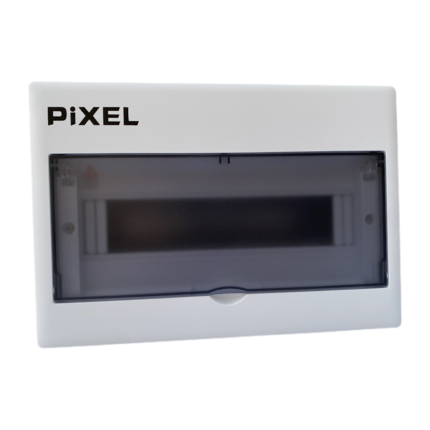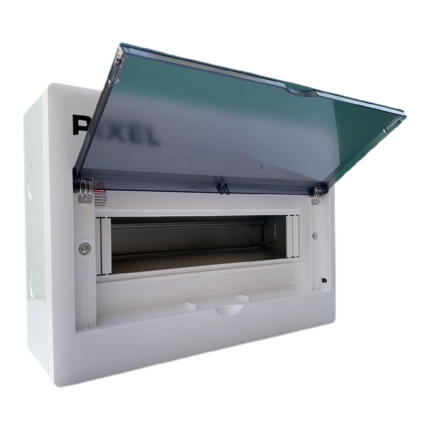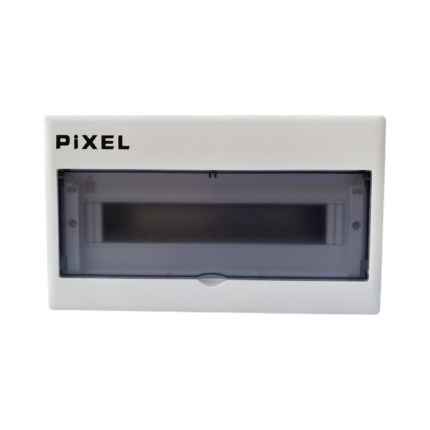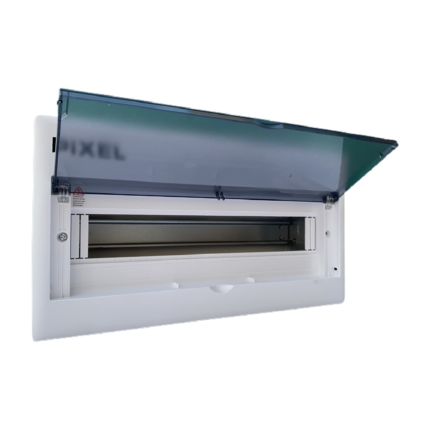10 Way Pixel Distribution Box
13 Way Pixel Distribution Box
16 Way Pixel Distribution Box
21 Way Pixel Distribution Box
18 Way Pixel Distribution Box
More About Distribution Boxes:
A distribution boxes, also known as a distribution panel or distribution board. Distribution Boxes are electrical panels that divide an electrical power feed into subsidiary circuits. While providing a protective fuse or circuit breaker for each circuit in a common enclosure. In residential, commercial and industrial settings, boxes are frequently utilize to control and distribute electricity to various areas or equipment. The main electrical supply enters the panel of a typical distribution box and is distribute to individual circuit breakers or fuses, which regulate the flow of electricity to particular equipment or areas. There is also a main switch in the distribution box that can turn off the power to the entire panel.
Appropriation confines are accessible at different sizes, contingent upon the quantity of circuits they can oblige. They can be installed in a free-standing cabinet or on the wall. The electrical load requirements and the number of circuits required will determine the type of distribution box require. Because distribution boxes involve working with live electricity and can be dangerous if not handled properly, only licensed electricians should install, repair or modify them.
Features of Distribution Boxes:
- Protective Enclosure: Typically, a protective housing protects the electrical components inside a distribution box from moisture, dust and other potentially damaging external factors.
- Circuit Breakers/Fuses: Circuit breakers or fuses in distribution boxes prevent overloading or short-circuiting of the circuits. When there is too much current flowing through the circuit. These breakers or fuses are designed to trip or blow, preventing damage to connect equipment or wiring.
- Busbars: Busbars are metal bars that connect the power source to circuit breakers or fuses. They conduct electricity. Typically made of copper or aluminum, these bars are design to carry significant currents.
- Main Switch: The fundamental switch is utilize to switch off the power supply to the whole conveyance box. This is useful in an emergency or when maintenance or repairs are need.
- Circuit Identification: In order to make it easier to identify the circuits and the equipment they power, distribution boxes are frequently label or color-coded. This makes it easier for electricians to fix any issues that might come up.
- Size and Capacity: Depending on the number of circuits they can accommodate and the power requirements of the equipment they serve, distribution boxes come in a variety of sizes and capacities. It is essential to choose a distribution box that is capable of supporting the anticipated electrical load.





